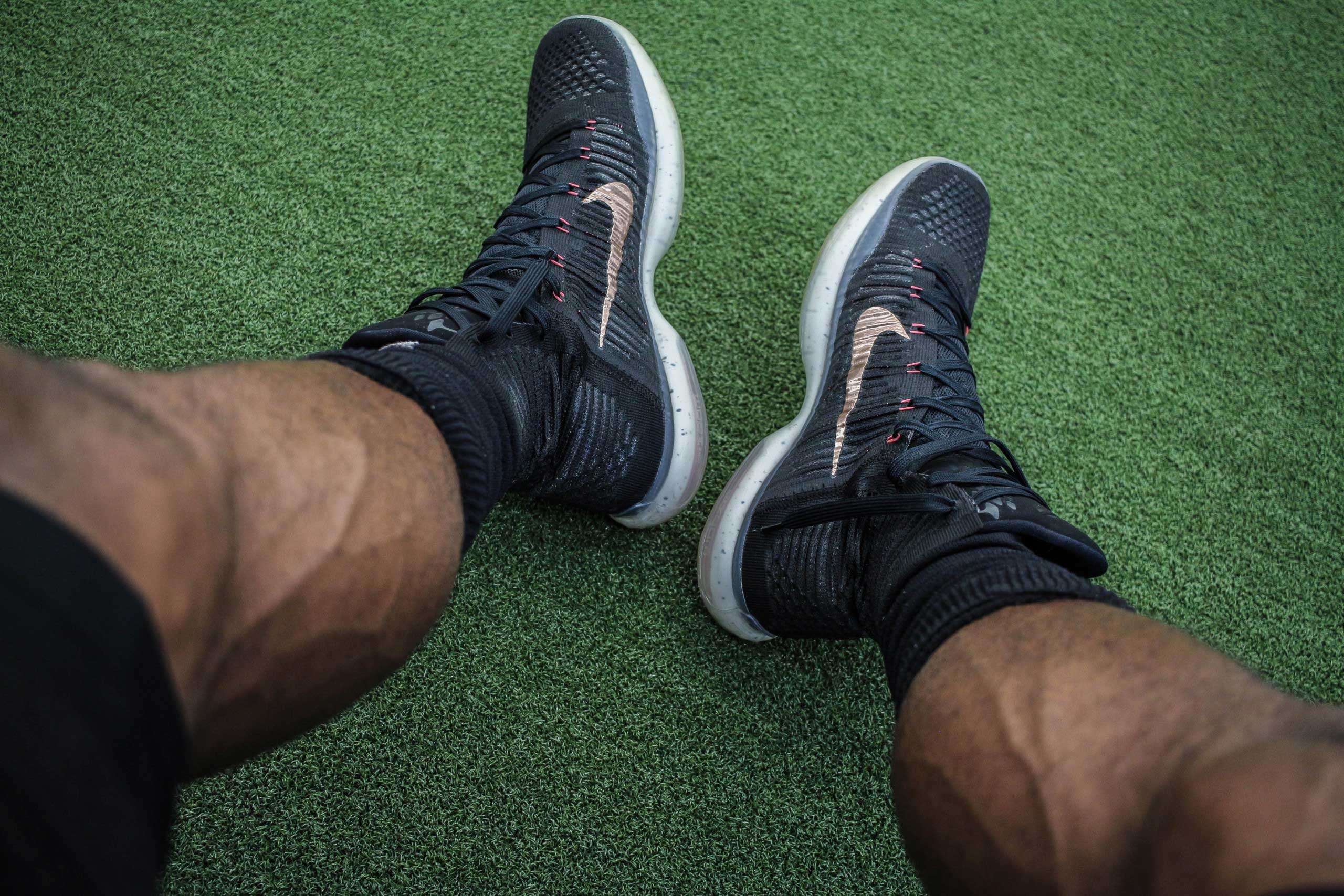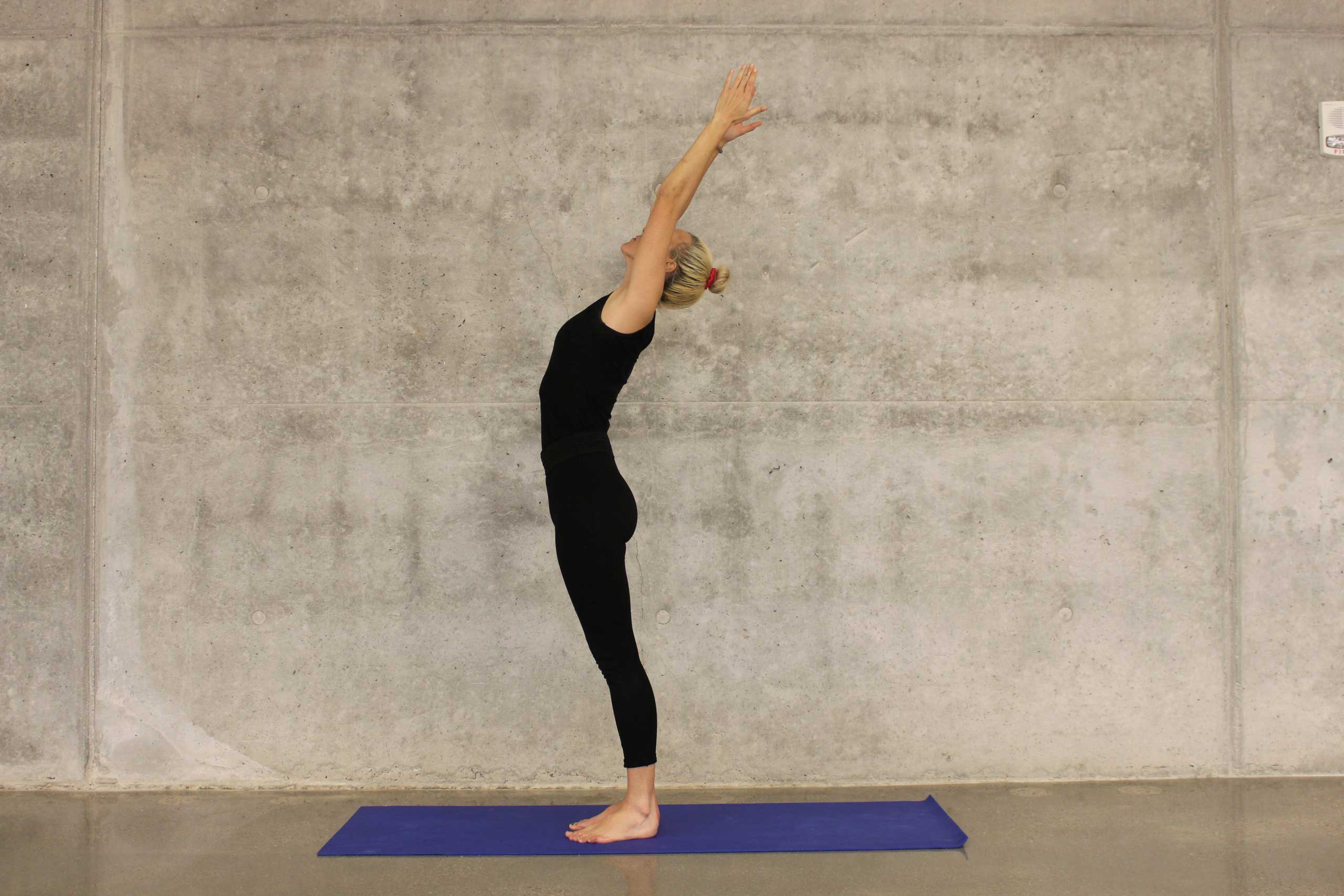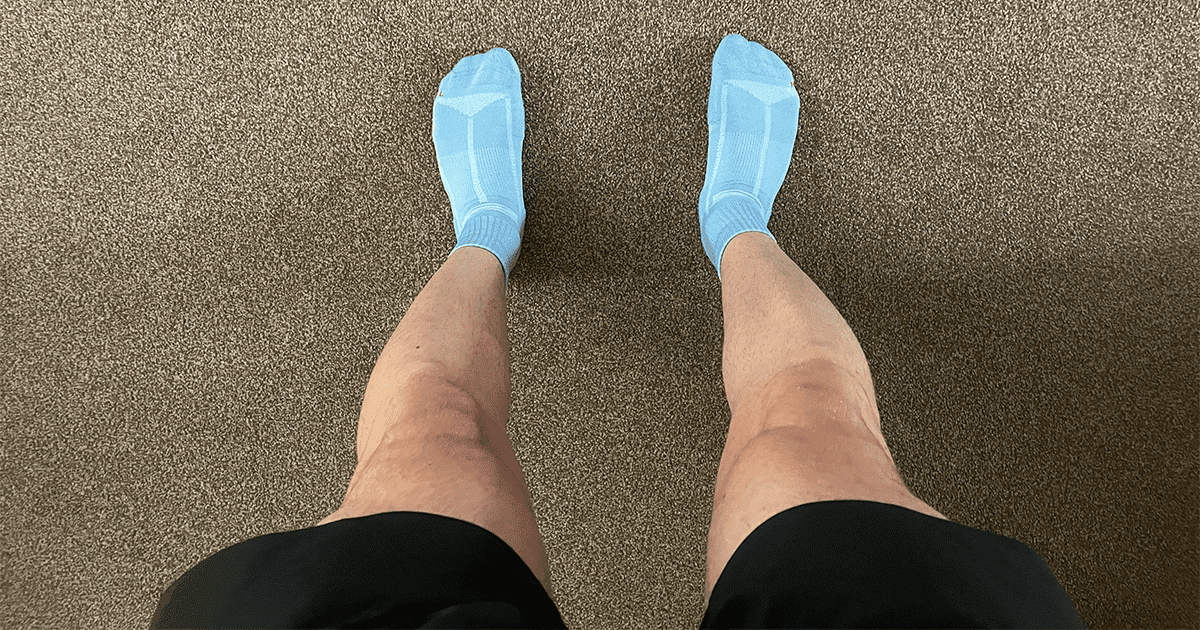Race day? Here’s 7 mistakes to avoid
So, you’ve made it to race day? Here are 7 beginner mistakes you’ll want to avoid while in search for that personal best.

You’ve put in the training, logged those miles, and slaved in the cold and wet weather to make it to race day. First off, congratulations. It’s time for all that hard work to finally pay off. However, many beginners and even more advanced runners often make simple mistakes on race day, some of which may end up costing them valuable time and or positions within their race.
In fact, many beginners running their first race often become overwhelmed, full of adrenaline, and feel like they can conquer the world – or at least try and lead front the front and win the race. Unfortunately, however, this most likely isn’t going to be the case – not unless you’re a genetically gifted beast of an athlete.
You may be wondering, what sort of mistakes are we talking about? What can possibly go so wrong that you may jeopardise all those long-hard miles of training, it’s just a faster run, isn’t it?
Well, yes and no. While it may be faster than your average training session, this doesn’t mean to say you don’t need a plan. You want to know when to set off to arrive in plenty of time before the race, know your predicted finishing time so you can pace yourself accordingly, and, most importantly, make sure you’ve eaten and drank plenty to fuel the intense effort you’re about to put in.
This remainder of this article will discuss seven common beginner race day mistakes, from setting off to fast to forgetting to use the loo – we’ve got you covered.
1. Setting off too fast!

A mistake almost every runner has made or will make at some point in time. Learn now and save yourself the pain and disappointment of calling it quits or seeing your performance suffer, shattering all hopes and dreams of achieving that PB.
Instead, you want to set off and maintain a pace in-line with your target finish time. For example, if you’re aiming to run a 25-minute 5k, you’ll want to average 5-minutes per kilometre, every KM of the run.
Setting off too fast often leads to early fatigue, leaving you to struggle to maintain these faster paces throughout and in the latter of the race, resulting in us actually slowing down.
However, sometimes, it’s okay to set off a little faster than usual – especially in events such as cross-country. Here, the field gets separated and much narrower depending on your running speed. Getting ahead early prevents you from being stuck behind other runners – a key race strategy to finishing well in these events.
2. Running in a new pair of trainers

This is a big no, yet so many beginners lace up their brand new trainers, toe the start line, and later suffer with blisters, foot pain, and discomfort during and after their race. It’s important to break in each and every pair of running trainers which you own, well in advance before race day.
To break in your fresh looking trainers, you’ll want to run a few easy runs of no more than thirty to forty minutes. This will allow your feet to become used to the new shoe, break in the support, and, most importantly, protect against any drastic changes in your gait and or blisters.
3. Not Emphasising recovery

The race is over, you absolutely smashed it, it’s time for a pint, a slice of cake, and a night out on the town. While there’s absolutely nothing wrong with celebrating, you should definitely emphasise recovery to have you return to training much sooner and injury-free. With racing being much more intense than regular training sessions, this also increases the demand and stress on our bodies.
Related: How to recover after a run or race.
This increased demand also comes with an increase in muscle soreness (especially in beginners) and even an increased risk of picking up an injury. Taking the time to recover directly after your run, as well as the days following, will have you fresh, injury-free, and back in training in no time. Here’s what we recommend:
- Consuming a high-quality source of protein within 30-minutes of finishing
- Drinking plenty of water to rehydrate and kick-start the recovery process
- Performing some static stretches
- Head to bed a little earlier than usual and aim for a good night’s sleep
Related: The importance of sleep as a runner.
4. Not using the loo beforehand

There’s nothing worse than needing a loo break mid-race. Not only is it uncomfortable, but it can also ruin any effort and or attempt at a personal best. If you suffer from stomach issues, we recommend reducing your fibre intake up to 24-hours before your race – hopefully keeping your stomach in a good way.
Likewise, be sure to head for that nervous wee (yes, it happens to us all) directly before the race starts – allowing you to concentrate on one thing and one thing only, racing.
5. Leaving everything to last-minute

As we discussed previously, you need a plan. Don’t be that guy who leaves everything to last-minute. Pack your kit the night before, set out your breakfast, and plan your journey. Leaving everything until the last hour or less before the race only adds unnecessary stress to your already nervous race plan.
6. Not warming up

Warming up before a race reduces your risk of pulling a muscle, gradually increases your heart rate to ease the transition into fast and more intense running, and also increases blood flow to get you moving much faster at the beginning.
Related: Why and how to perform a proper running warmup.
Moreover, your warmup doesn’t have to be super complicated. In fact, the simpler, the better. We suggest giving the warmup below a go no more than 15-minutes before the start:
- A 10-15-minute SLOW jog
- Dynamic stretches such as leg swings and walking lunges
7. Not cooling down

Likewise, as well as warming up before the race, you’ll also want to include a cool-down post-run. Going for an easy jog followed by a variety of dynamic stretches will gradually lower your heart rate, flush out any toxins, and ultimately kick start the recovery process.
If you’ve got a particularly tight spot, we recommend foam rolling to reduce the tightness, speeding up your recovery while enduring that infamous foam rolling pain.

Matthew is a lifelong runner, chief tester of all products, the founder of Running101, and freelance content writer for active brands. When he’s not writing, he enjoys lifting weights, cycling in the Lake District, and watching fast cars drive in circles on a Sunday. He also has a BA in sport, exercise and physical activity from the University of Durham.




